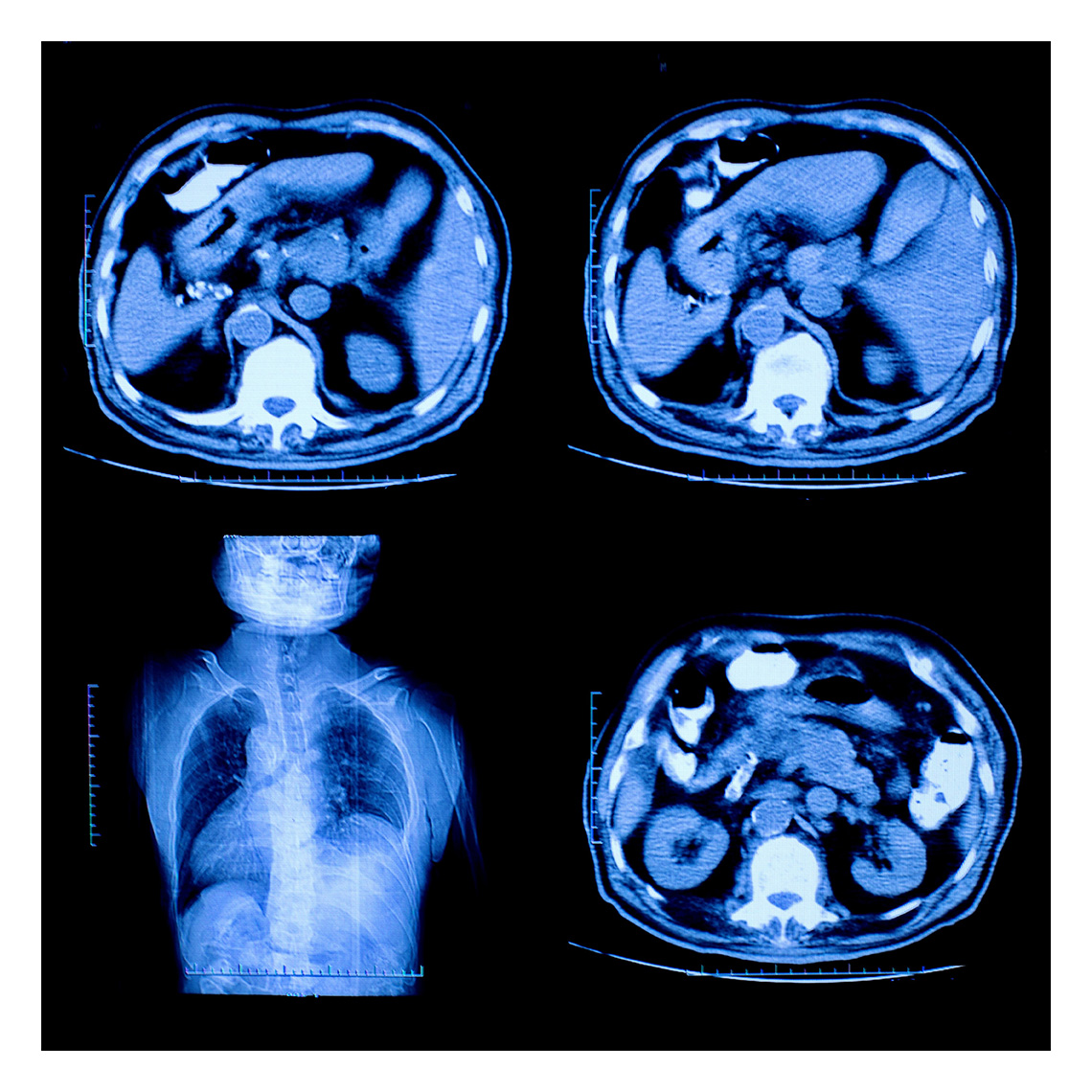Newsletter
An Interest in What Went Wrong?
Dec 02, 2015
The statistics are numbing: 44,000 (or is it 444,000?) Americans die each year due to medical errors. A relentless drumbeat of data and anecdotes drive the message that no patient is safe. By association, it would seem that ensuring a safe health care experience for patients doesn’t really interest physicians, nurses, or other health care providers.
Of course, that conclusion is absurd, those individuals have dedicated their lives to helping—and, specifically, not hurting—others. The precise volume of deaths and injuries truly associated with medical errors is unclear, but is any number acceptable? Too many patients suffer preventable harm during the course of seeking and receiving health care. What really interests caregivers is understanding why the mistakes that enabled those injuries reoccur.
CRICO and its many partner organizations have been studying that question for more than 35 years. Its methodology for gathering and analyzing medical error data has proven extremely valuable in pinpointing error clusters and directing resources towards reducing those specific risks. Across those three-plus decades, everyone involved has shown an unfailing interest in using the lessons learned to continuously improve patient safety. That will always be an incremental process for frontline clinicians and for those of us charged with investigating and understanding what, sometimes, goes wrong.
For malpractice cases housed in CRICO’s Comparative Benchmarking System (CBS) “what went wrong” is captured by denoting any human and systemic factors that contributed to the case’s underlying error(s). Those “contributing factors” are identified by coding specialists with access to the patient’s full medical record and any documents produced during the case’s investigation and defense (if applicable). These can include expert reviews, depositions, and courtroom testimony. A single case may be coded for several contributing factors (average 3–4 per case), drawn from multiple aspects of health care delivery, for example:
- Behavior-related: includes problematic provider or patient behavior
- Clinical Judgment: includes patient assessment, selection/management of therapy, monitoring, failure to ensure patient safety, provider impairment
- Clinical Systems: includes coordination of care, test/referral ordering (and results management), patient follow up
- Communication: includes provider-provider and provider-patient communication, telemedicine
- Documentation: includes the mechanics and sufficiency of medical recordkeeping
- Electronic Health Records: includes technical and user-related issues
- Supervision: includes supervised and supervising clinicians
Coders and analysts relying on static words and numbers can only learn some of the story behind the complex events that led to a patient injury. But what they do identify as contributing factors often serve as guideposts to more detailed examination of what, sometimes, goes wrong in patient care.
Additional Material
Latest News from CRICO
Utilization of Electronic Health Record Sex and Gender Demographic Fields: A Metadata and Mixed Methods Analysis

Establishing a Regional Registry for Neonatal Encephalopathy: Impact on Identification of Gaps in Practice

